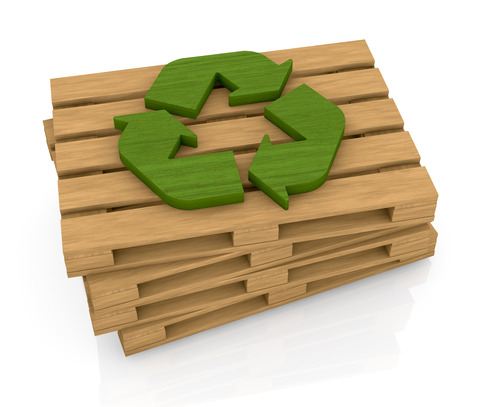I’m going to set environmental sustainability goals for the wood industry. I know it well as I worked in it for six years in South America. It’s an interesting industry to look at because besides the general environmental issues all industries are facing, the wood industry impacts directly climate change through the way it manages forests. For each objective I will explain what the concept is and where are we at today.
-Forbid the sale of wood products (lumber and wood panels) that don’t come from a forest sustainably managed. The two main international certifications today are PEFC and FSC, the idea would be that no one can sell without one of these two labels. Today that’s the main focus of efforts. In the US, Europe, some countries in Asia and Oceania it’s considered a commercial bonus to have the certification but it doesn’t necessarily mean that there is a higher willingness to pay related to these certifications. In other parts of the world it’s not something important. In many cases wood producers in emerging countries get certified to secure their sales in developed countries but keep selling non-certified wood in their local markets. More generally it’s visible that companies get certified to avoid the worst case scenario which would be not being able to sell in some countries any more, and not to improve their internal and external processes.
-Protect 100% of native forests. That means the industry should only exploit plantations, not endemic forests which generally are very rich ecosystems of biodiversity. This objective is linked with the first one but adds a specificity. Oftentimes land owners have plantations and native forests mixed on a same land. It should not be permitted to cut the native forests and then replace if by plantations. Today there is a huge variability vis-à-vis this objective, depending on the country.
-Use 100% of renewable energy. That can be done in two ways: buying from renewable suppliers as any other industries or self-generating energy (thermic and electric) through a biomass plant. The second option is very interesting because it enables the company to take advantage of the whole tree, until the little branches and leaves. Owning the biomass plant is not a must, they could sell wood rejects to a biomass plant owner, but it has the benefit of decreasing transportation costs and the environmental impact. Today some producers do it in Chile for example.
-Zero emission of polluting elements -gas, solids or liquids- in the environment, especially for wood panels plants. In this case we probably need more regulation because the investments involved are heavy and don’t bring technical advantages to the production plants. That means that some producers decide to invest in it, others simply don’t.
-Use a percentage (could be 50%) of recycled wood or furniture as raw material in the wood panel plants. This objective is linked to the concept of circular economy. Technically it’s possible to do it and some producers already do it, generally because they have to (no forest in their areas). The problem is that today the physical characteristics of panels made of recycled wood are lower than the ones of panels made from fresh wood fibers. That means that the newly produced wood furniture will last less in good shape.
The new business model I suggest is to set up a logistics to embrace the last objective. It inscribes itself straight into the line of reasonable consumption and circular economy. Why would we keep cutting more trees, even in sustainable plantations, if wood in all its forms and shapes can be recycled and used again in a new piece of furniture? First there is a technological gap to fill: mechanical properties of panels made from recycled wood have to be improved. Once this is done, I suggest that wood producers partner with town houses, furniture producers and garbage dumps. Town houses to raise awareness of the citizen about wood recycling, furniture producers to buy immediately wood rejects from them and garbage dumps so they separate wood rejects from the rest of the trash. Once wood panel producers gather the recycled wood, they can use it again in their processes, closing the loop.

Maxime, thanks for sharing great insights from your professional experience. You are right in saying that even though there are certifications like FSC, PEFC etc. to ensure sustainable sourcing of wood, companies find ways to circumvent the system. To put things in perspective, only 29% of all wood used in the industry is certified, thus a very big scope to scope.
Besides, having circular economy and more efficient production processes, the wood industry also needs to focus on manufacturing innovative products like certain composites which are eco-friendly yet durable by mixing wood and wood extractives with metal/plastic/glass